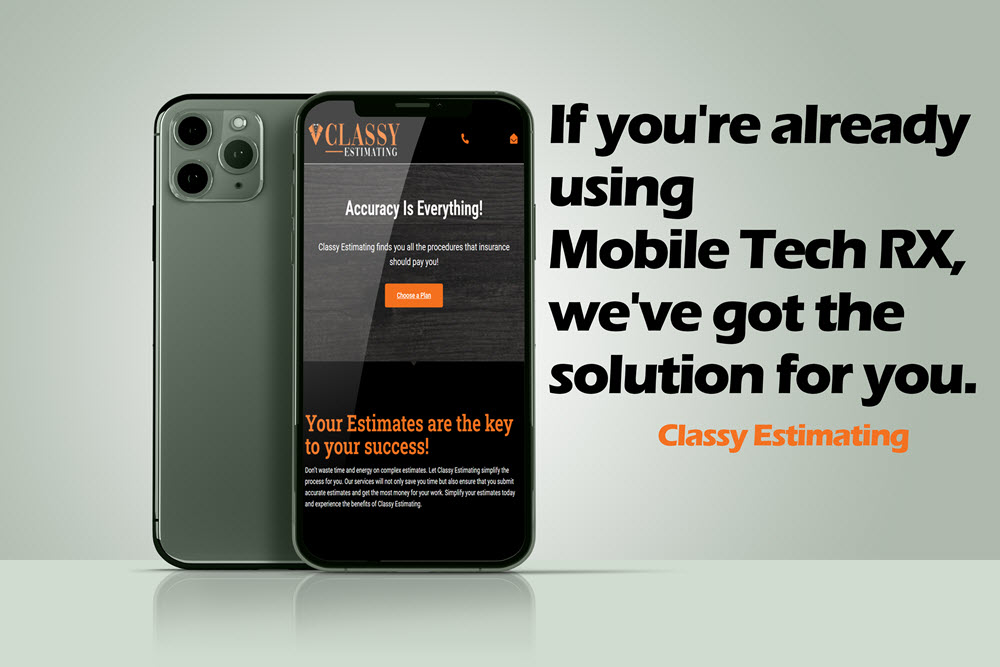Dent dollies are specialized tools for paintless dent repair, offering three different radii to tackle various dent sizes on vehicle body panels. You’ll find them effective for roofs, wheel wells, fenders, and quarter tops. To choose the right radius, match it to the dent’s curvature: smallest for tight dents, mid-sized for medium ones, and largest for shallow, expansive damage. When applying, position the dolly flush against the panel’s outer edge and use firm, circular motions to push the metal back into place. Work section by section for overlapping dents, frequently checking your progress. Mastering these techniques will elevate your dent repair skills.
Key Takeaways
- Dent dollies are specialized tools for paintless dent repair on vehicle body panels.
- Three different radii are available to match various dent sizes and panel curvatures.
- The smallest radius is ideal for tight, small dents, providing precise pressure application.
- Medium-sized radius offers balanced force for moderately sized dents.
- The largest radius distributes pressure evenly, suitable for larger, shallower dents.
Understanding Dent Dollies
Designed for paintless dent repair (PDR), Dent Dollies are specialized tools used to address overlapping dents on various vehicle body panels. You’ll find them particularly useful for repairing dents on roofs, wheel wells, fenders, and quarter tops. These dollies come in three different radii, allowing you to tackle dents of various sizes effectively.
Priced at $29.95, Dent Dollies offer a cost-effective solution for professional and DIY dent repair. They’re identified by the SKU BGBLK and have received a 70% overall rating based on two customer reviews. When using Dent Dollies, you’ll be able to apply precise pressure to reshape the metal without damaging the paint. They work in conjunction with other PDR tools like leverage blocks to provide a thorough dent repair solution. Always follow proper techniques to achieve the best results.
Selecting the Right Radius
When selecting the right radius for your Dent Dollies, it’s crucial to match the tool to the curvature of the dent you’re repairing. The set typically includes three different radii, each designed for specific dent sizes and panel contours. For smaller, tighter dents, you’ll want to use the dolly with the smallest radius. It’ll provide more precise pressure and control in confined areas. Medium-sized dents require the mid-sized radius, which offers a balance between focused force and broader coverage. For larger, shallower dents, opt for the largest radius dolly. This will distribute pressure more evenly across a wider area, preventing over-correction or creating high spots. Always assess the dent’s size and shape before choosing your dolly. Remember, using the correct radius can greatly improve your PDR results and minimize the risk of damaging the panel.
Application Techniques
After selecting the appropriate radius for your dent repair, you’ll need to apply the Dent Dollies correctly for ideal results. Start by positioning the dolly on the outer edge of the dent, ensuring it’s flush against the panel. Apply firm, consistent pressure as you work your way towards the center of the dent. Use smooth, circular motions to gradually push the metal back into place. For overlapping dents, focus on one section at a time, working from the outer edges inward. Pay attention to the contours of the panel, adjusting your technique to maintain the original shape. If you encounter resistance, don’t force the tool; instead, reassess your approach and consider using a different radius dolly. Remember to frequently check your progress and make subtle adjustments as needed to achieve a seamless repair.

